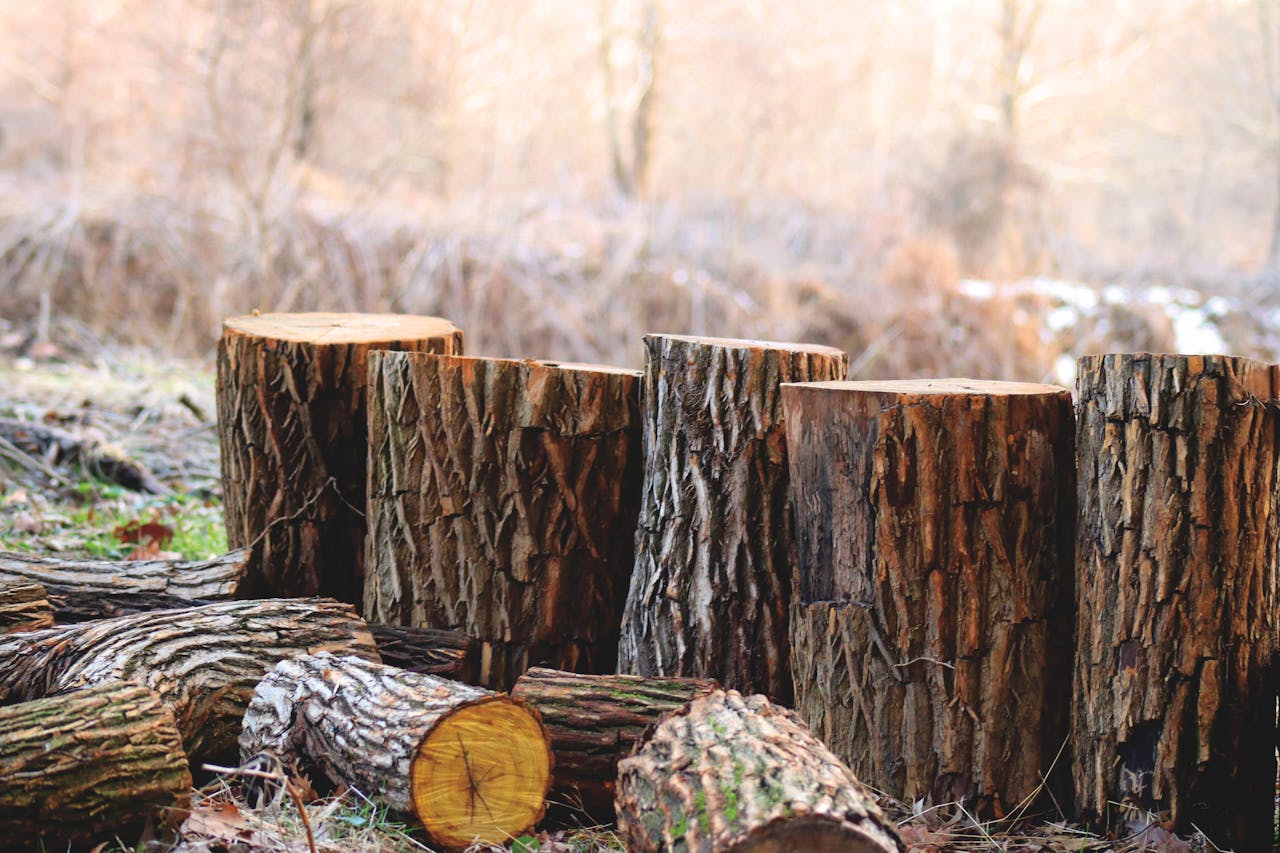
DIY tree removal seems like a money-saving project, but it’s becoming a legal headache for many men across the country. What starts as a simple Saturday chore can quickly turn into a lawsuit, draining your wallet and peace of mind. As more homeowners take chainsaws into their own hands, the risks multiply—not only for themselves but for neighbors, property, and even the environment. With the rise of lawsuits over DIY tree removal, understanding the dangers and legal pitfalls is more important than ever. If you’re thinking about tackling that overgrown oak yourself, here’s why you might want to think twice.
1. Property Damage Is More Common Than You Think
The primary reason men are getting sued over DIY tree removal is property damage. Trees are unpredictable. Even a small miscalculation can send a heavy limb crashing onto a neighbor’s roof, car, or fence. Repairs can run into the thousands, and homeowners’ insurance doesn’t always cover damages caused by unlicensed work. If you drop a tree the wrong way and it lands on someone else’s property, you could be on the hook for far more than you bargained for.
Some homeowners assume they can handle the job because they’ve watched a few online tutorials. But trees don’t always fall where you want them to, especially in tight suburban spaces. One slip, and you’re facing an angry neighbor and a potential lawsuit. For those living in areas with strict property lines, even a minor encroachment can escalate quickly.
2. Personal Injury Claims Can Be Costly
DIY tree removal puts you and others at risk for serious injuries. A falling branch or a poorly handled chainsaw can cause harm to yourself, family members, or bystanders. If someone else gets hurt on your property while you’re removing a tree, you could be sued for medical bills, lost wages, and pain and suffering. Even if you’re careful, accidents happen fast when heavy equipment and unpredictable wood are involved.
These personal injury lawsuits can get messy. Legal fees add up, and settlements can be more expensive than hiring a professional in the first place. That’s why the number of cases tied to DIY tree removal injuries is rising each year.
3. Ignoring Local Laws and Permits
Every city or town has its own rules about tree removal. Local ordinances protect some trees, while others require permits before you can cut them down. Many men get sued over DIY tree removal simply because they skip this step. If you remove a tree without the right paperwork, you could face fines from the city and lawsuits from neighbors who claim the tree was part of their property or provided shared shade.
In some places, removing a tree without a permit can even lead to criminal charges. It’s not just about avoiding a ticket—legal battles over property boundaries and tree ownership can drag on for months. Always check your local regulations before making any cuts.
4. Environmental Impact and Protected Species
Some trees are home to protected wildlife or are themselves considered endangered. Cutting down a tree without knowing what lives inside or what species it is can cause legal trouble. If your DIY tree removal harms a protected bird’s nest or disrupts a rare species, you could face lawsuits from environmental groups or fines from government agencies.
Environmental laws are strict, and ignorance isn’t a defense in court. It’s easy to overlook these details when you’re focused on clearing your yard, but the consequences can be severe. Even if you didn’t mean any harm, you’re still responsible for the outcome.
5. Insurance May Not Cover DIY Mistakes
Many homeowners assume their insurance will cover accidents during DIY tree removal. Unfortunately, most policies have exclusions for damage caused by unlicensed or non-professional work. If you cause injury or property damage, your insurer might deny your claim, leaving you to pay out of pocket. This is a common reason men are getting sued over DIY tree removal—because the financial safety net they expected simply isn’t there.
Insurance companies often recommend hiring a licensed arborist for any significant tree work. Professional arborists carry their own insurance and know how to avoid the common mistakes that lead to lawsuits. If you try to save money by going DIY, you could end up paying much more in the end.
6. Neighbor Disputes and Boundary Issues
Trees often grow on or near property lines, making it hard to tell who owns what. DIY tree removal sometimes leads to heated disputes with neighbors, especially if roots or branches cross boundaries. If you cut down a tree that isn’t fully on your property, or damage a shared tree, your neighbor can sue for loss of property value, emotional distress, or even trespassing.
These disputes can sour relationships and lead to long-term legal headaches. Before taking action, it’s wise to get a survey done and talk to your neighbors. Sometimes, a simple conversation can prevent a costly lawsuit down the road.
What to Do Instead of Risking a Lawsuit
With lawsuits over DIY tree removal on the rise, it’s clear that the risks outweigh the savings for most homeowners. If you have a tree that needs to come down, consider hiring a certified professional. Not only do they have the right tools and training, but they also carry insurance that protects you if something goes wrong. Many tree removal companies offer free estimates, so you can compare costs before making a decision. The urge to tackle big jobs yourself is understandable, but when it comes to tree removal, the legal and financial risks are real. Before you fire up the chainsaw, ask yourself if it’s worth the potential for a lawsuit.
Have you had an experience with DIY tree removal—good or bad? Share your story in the comments below!
What to Read Next…
- 7 Times DIY Plumbing Turned Into a Homeowner Lawsuit
- Why More Homeowners Are Getting Sued Over Tree Roots
The post Why Men Are Getting Sued Over DIY Tree Removal appeared first on Clever Dude Personal Finance & Money.







